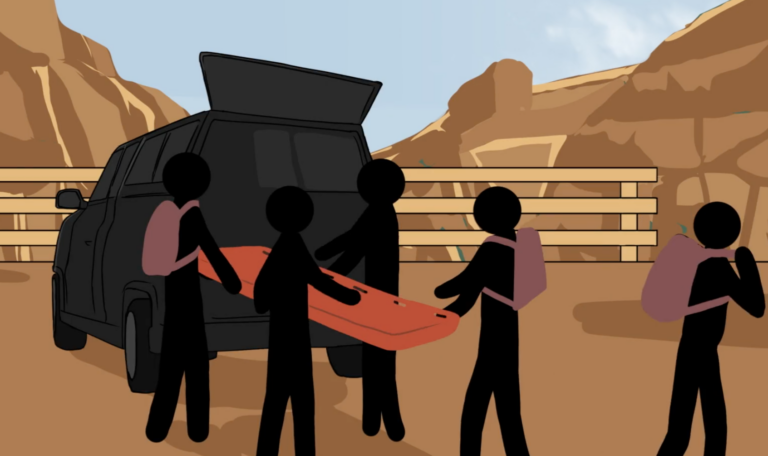The Role of Fitness in High-Angle Rescue: A Lifeline in Extreme Conditions
In times of distress, when lives hang precariously in the balance, technical skill alone is not enough. High-angle rescue teams are renowned for their expertise in rope rescue techniques, rigging, and safety, but their true edge comes from their fitness—both physical and mental. Scaling heights, staying calm under pressure, and enduring emotional strains are everyday demands of their work. Fitness, in its totality, is the lifeline that keeps them ready for the extreme challenges of rescue operations.
Physical Prowess: Strength Beyond Brute Force
High-angle rescue operations push the human body to its limits, requiring more than just raw strength. Agility, stamina, and endurance are critical to navigating the physical demands of the job.
- Rigorous Terrain: Rescuers must hike long distances, often uphill or through rugged landscapes, carrying heavy equipment and tools.
- Challenging Conditions: Climbing steep cliffs, balancing on narrow ledges, and hauling equipment all demand physical dexterity and precision.
- Fitness Training: To meet these demands, high-angle rescue teams undergo rigorous training programs that include:
- Strength Workouts: Building muscle strength for carrying loads and performing lifts.
- Endurance Training: Improving stamina for prolonged operations.
- Cardio Sessions: Enhancing cardiovascular health for better performance under stress.
- Rock Climbing Practice: Developing climbing techniques and adaptability to various terrains.
Mental Fortitude: Staying Focused Under Pressure
In life-threatening scenarios, a calm and focused mind is often the most critical tool. Mental fortitude is the backbone of high-angle rescue success.
- Quick Decisions: Rescuers must analyze complex situations and make rapid decisions in high-pressure environments.
- Stress Management: Teams are trained to handle intense stress through resilience-building exercises and stress management workshops.
- Clarity Amid Chaos: Staying calm ensures that every action is deliberate, reducing risks and increasing efficiency during operations.
Emotional Resilience: The Heart of the Team
High-angle rescue teams frequently face human loss and tragedy, making emotional resilience an essential aspect of their fitness.
- Coping with Trauma: Regular exposure to traumatic events requires robust mechanisms for emotional recovery.
- Support Systems: Peer support programs, counseling services, and team debriefings help personnel process their experiences.
- Bounce-Back Ability: Emotional resilience allows team members to quickly recover from difficult missions and maintain focus for future challenges.
The Fitness of Mastery
Mastery in high-angle rescue is a combination of technical skills and comprehensive fitness.
- Balancing Act: Technical expertise is indispensable, but without peak fitness, rescuers risk becoming liabilities in critical operations.
- Core Approach: Teams view fitness as an integral component of their training, honing physical, mental, and emotional capabilities through:
- Ongoing Education: Staying updated on best practices and new techniques.
- Specialized Training: Focusing on fitness programs tailored to the demands of high-angle rescue.
Conclusion: A Lifeline of Fitness
High-angle rescue work is among the most demanding professions, requiring unparalleled levels of fitness, mental acuity, and emotional resilience. Success is defined not just by technical prowess but by the ability to endure physical hardships, remain composed under pressure, and confront the realities of human tragedy with strength and compassion.
For rescue teams, fitness is not an afterthought; it’s a cornerstone of their readiness and mastery. By prioritizing their fitness portfolio, these teams ensure they are always prepared to serve their communities, no matter how extreme the circumstances.
Peace on your Days
Lance









